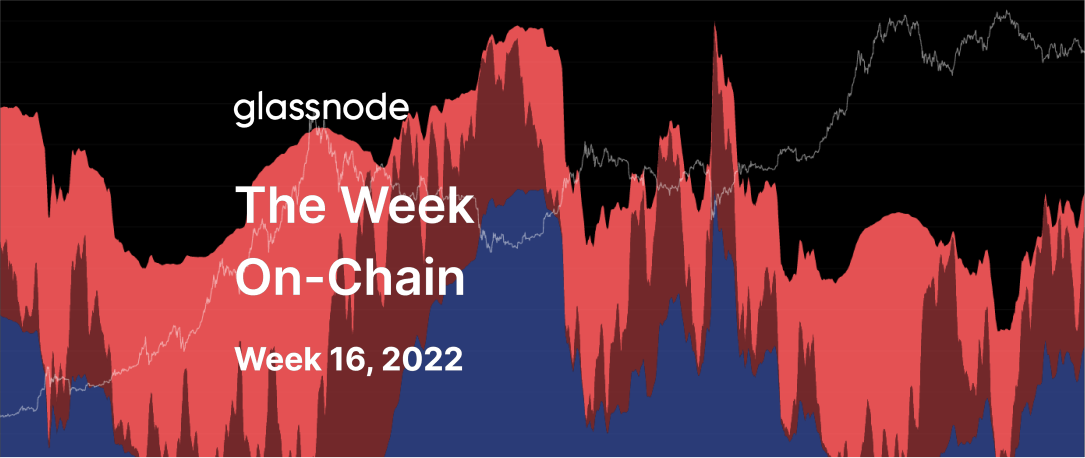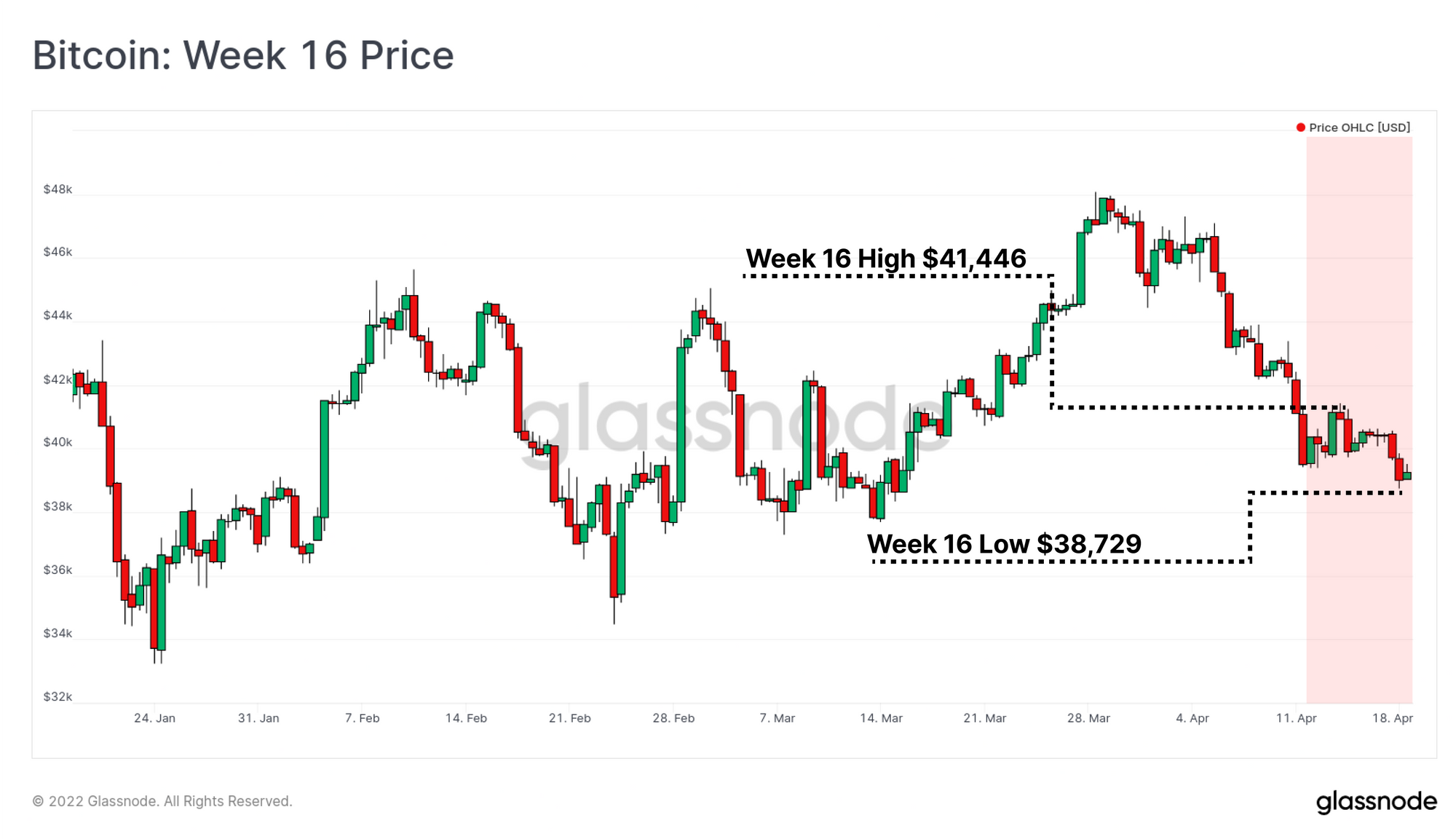
Investitorii Bitcoin au trecut peste o altă săptămână slabă, prețurile s-au tranzacționat pentru scurt timp sub 40 USD, reluând complet raliul din martie. Prețurile au atins un maxim de 41,446 USD la începutul săptămânii, înainte de a aluneca pentru a stabili un nou minim local de 38,729 USD.
Piața Bitcoin rămâne strâns corelată cu piețele tradiționale de acțiuni, care s-au chinuit ele însele să prindă orice ofertă serioasă sau susținută, înfruntându-se cu numeroase vânturi în contra. Actualul mediu de piață mai larg este unul de schimbări rapide, cu o gamă largă de piețe de mărfuri ajungând la noi maxime, randamentele obligațiunilor tranzacționând puternic mai sus și o întrerupere aparent din ce în ce mai înrăutățită a lanțului de aprovizionare și o inflație generală. Fiind o piață relativ nouă, tranzacționată la nivel global și activ persistent, nu este surprinzător faptul că prețul Bitcoin reacționează adesea la un domeniu foarte larg de forțe ale pieței.
Absorbția informațiilor pe atât de multe segmente de piață este o provocare excepțională. Cu toate acestea, dacă considerăm că Bitcoin este un activ care pare să răspundă din ce în ce mai mult la forțele largi ale pieței, atunci un studiu al comportamentului său de deținere poate oferi o imagine oarecum distilată asupra deciziilor de investiții și sentimentului altor participanți pe piață.
În această ediție ne vom scufunda în profunzime în două cohorte importante de deținători de Bitcoin, pe care le-am definit pe baza probabilității lor statistice de a cheltui monede; deţinătorii pe termen lung şi scurt. Analizând aceste două grupuri, putem identifica modelele de deținere, potențialul de capitulare și dacă riscurile și oportunitățile pot fi identificate prin studiul comportamentului lor agregat.

